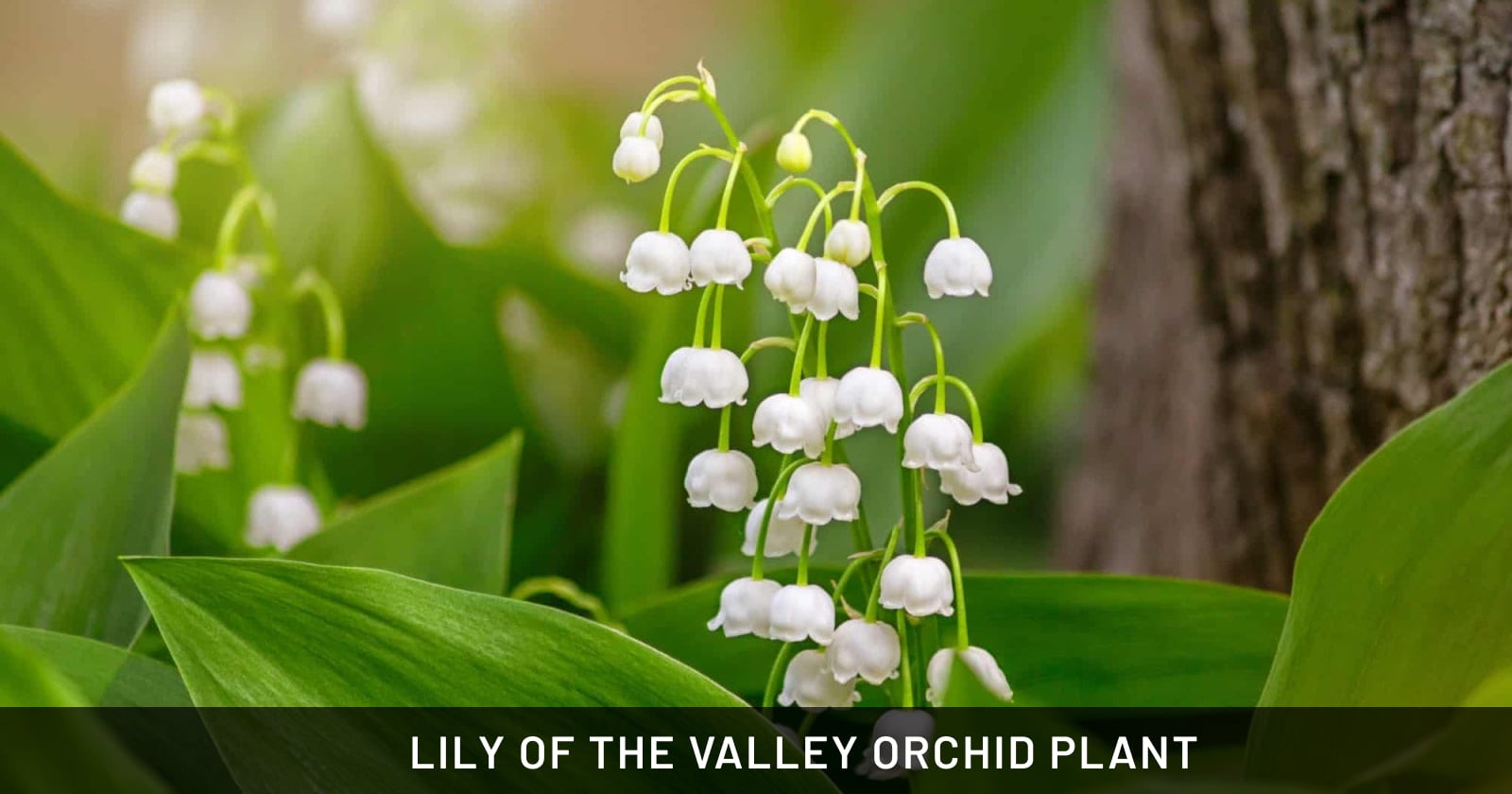Lily of the Valley Orchid

Lily of the Valley Orchid (Dendrobium nobile), known for its enchanting beauty and vigorous growth, is a gem in the orchid family. This orchid boasts delicate, cascading blooms resembling the classic Lily of the Valley flower, radiating a subtle, sweet fragrance. Flourishing best in bright, indirect light and moderate humidity, it thrives with routine care, making it a charming addition to any home.
Pet owners should take caution, though. While stunning, Lily of the Valley Orchid can be harmful if ingested by pets. Its allure necessitates strategic placement out of reach of curious cats and dogs. Observing this precaution ensures your home remains both beautiful and safe for your furry friends. Embrace the beauty of this orchid with peace of mind by maintaining a safe environment for all occupants.
Here’s a detailed table showcasing the physical and scientific characteristics of the Lily of the Valley Orchid (Dendrobium nobile):
| Characteristic | Details |
|---|---|
| Scientific Name | Dendrobium nobile |
| Common Names | Lily of the Valley Orchid |
| Family | Orchidaceae |
| Native Range | Southeast Asia, including India, China, and Japan |
| Plant Type | Epiphytic orchid |
| Height | Up to 2 feet (60 cm) |
| Spread | 12 to 24 inches (30 to 60 cm) |
| Flower Colors | Typically white, sometimes pink or yellow |
| Blooming Season | Late winter to early spring |
| Leaf Shape | Oblong, leathery, persists for several years |
| Leaf Color | Bright green |
| Growth Habit | Sympodial; grows along a rhizome with new canes |
| Light Requirement | Bright, indirect light |
| Soil Type | Orchid potting mix, well-draining |
| Water Requirements | Moderate, reduce in winter |
| Temperature | Prefers cooler temperatures during rest period (50-60°F) |
| Humidity | High, around 50-70% |
| Uses | Ornamental, grown in pots or mounted on bark/wood |
| Toxicity | Toxic to pets if ingested |
| Special Care Notes | Requires a period of cooler temperatures to induce blooming |